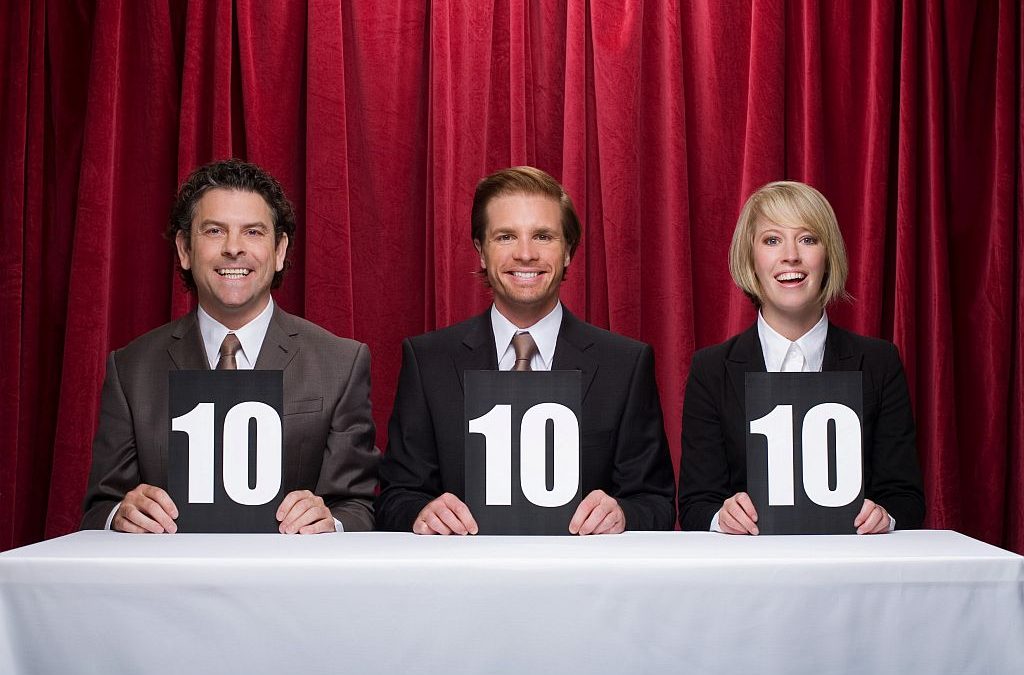Here’s a simple truth about tendering: having the best product, best solution and best price doesn’t guarantee you a win. The winning tender is the one that is formally and objectively assessed as being the best value for the client.
Therefore, to win a tender you need to understand the evaluation process and methodology, and know how to craft a response that puts you on top.
Firstly, there are two types of evaluation criteria: mandatory and comparative.
The mandatory criteria are essential and usually result in a ‘yes’ or ‘no’ evaluation from the panel. If your proposal passes the mandatory criteria, the panel will continue the evaluation. If your proposal fails the mandatory criteria, it’s all over red rover for you.
The comparative criteria are much more complex – and the operative word is ‘comparative’. Every question or deliverable is assessed against a scoring matrix, with the purpose of determining how well each proposal stacks up against the client’s requirements. And ultimately, when all the scores are added up, we have a winner.
Shown below are two examples of real scoring matrices from recent Australian tenders:
Example 1:
|
Score |
Benchmark |
|
9 to 10 |
Excellent understanding or capability. Complete confidence that evaluation criteria will be met. |
|
6 to 8 |
Good understanding or capability. Confident that evaluation criteria will be met. |
|
5 |
Acceptable. Satisfactory understanding or capability. Reasonably confident that evaluation criteria will be met. |
|
1 to 4 |
Demonstrates limited understanding or capability. Cannot be confident that the criteria will be met. |
|
0 |
Not acceptable. Has not addressed the criteria. |
Example 2:
|
Score |
Benchmark |
|
5 |
Compliant. Exceeds specified performance or capability and the additional input adds value. Tenderer has an excellent understanding of the requirement. No weaknesses or deficiencies. Excellent probability of success. |
|
4 |
Compliant. Tenderer’s supporting statement indicates a very good understanding of the requirement. No weaknesses or deficiencies. Very good probability of success. |
|
3 |
Compliant. Tenderer’s supporting statement indicates a good understanding of the requirement. No major weaknesses or deficiencies. Good probability of success. |
|
2 |
Tenderer’s supporting statement indicates a low level of understanding of the requirement. Some major weaknesses or deficiencies requiring further clarification. Low probability of success. Not able to be considered further. |
|
0 – 1 |
Non-compliant. Unsatisfactory responses or failed to address the criterion at all. Very low probability of success. |
The important thing to note from these scoring matrices is where the ‘pass mark’ is. In both cases, the compliant or satisfactory response scores only at the mid-range: 5/10 in Example 1, and 3/5 in Example 2.
What we need to take away from this observation is that ‘answering the question’ is not enough to win.
In our experience, most tender teams approach a tender as if it is a test: they provide a clear, concise, comprehensive and technically-correct answer for each question. Unfortunately, as you can see from the above scoring matrices, this is not enough. With this approach, you’ll score somewhere about 50-60%, at best.
What tender teams need to realise is that a tender is not a test – it is a competition. (Remember, the criteria are called ‘comparative’.) Only one proposal can win, so we have to go much further than clear, concise, comprehensive and technically-correct. We need to take the content to the next level where it is compelling, persuasive and competitive.
To do this, we developed our own methodology for writing bid-winning content that ensures every deliverable addresses the following eight elements:
- Structure
- Comprehensiveness
- Project Objectives
- Risks and Challenges
- Evidence
- Unique Approach
- Competitive Edge
- Win Themes / Key Messages
The first two elements are quite obvious and most teams do a reasonable job putting the content in to an appropriate structure and providing comprehensive technical answers. Unfortunately, if you look at the scoring matrices, you can see that this level of content is enough to score somewhere around the mid-point.
The next three elements are easy enough to understand, and with bid coaching the technical teams usually do a reasonable job of incorporating this information in to responses. Deliverables that get to this level tend to score better, but still only around 70%.
The final three elements are where the strong marketing really comes in to play so that we take good, convincing technical content and turn it in to compelling, persuasive content that makes the client want OUR solution. In our experience, technical teams really struggle to incorporate this kind of content so this is typically a job for our tender writers. When deliverables have addressed all of these elements, we get much closer to 100% scoring, and the client develops a preference for OUR solution.

Recent Comments